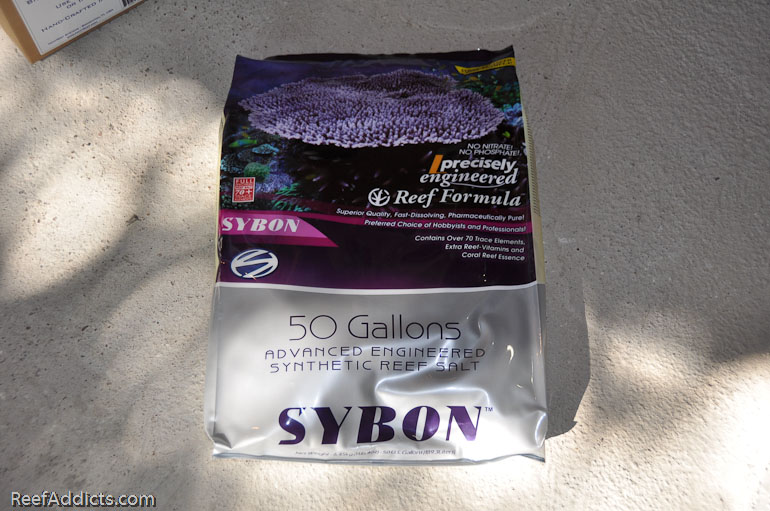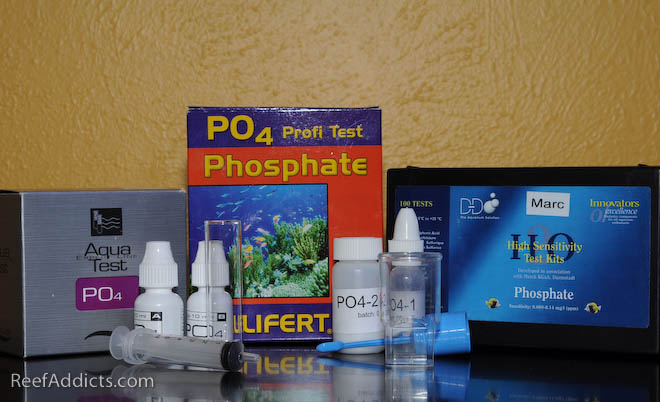Ongoing power problems with Oncor
For the last 7 weeks, my entire home has had power fluctuations that were really frustrating. Initially I noticed lights flickering in the bathrooms and kitchen. But it got worse, much worse.
For the last 7 weeks, my entire home has had power fluctuations that were really frustrating. Initially I noticed lights flickering in the bathrooms and kitchen. But it got worse, much worse.
Using a 150gpd system provides 6.25 gallons per hour. After MACNA 2012, I had a 300gpd system on hand and decided to use it as well. Running the two systems side by side speeds up water production significantly, at a rate approaching 19 gallons per hour. I ran it like this for about a year or so, then reverted back to a single 150gpd system. Eventually, I decided to change out the membrane for a 100gpd instead due to the better 98% rejection rating which helped waste less DI resin over time.
I use the Apex to turn various pieces of gear on and off, to get alerts when certain items are out of range, and to track water parameters.
For the last decade, I've been using Neptune System's Aquacontroller. First I had the AC II, then later upgraded to the AC 3. Near the end of 2011, I gifted myself the Apex controller, the latest available version at that time. The Apex has been around for a couple of years, and many of my friends swear by it.
Since the 400g and the 60g Anemone Cube are tied into the same sump, all livestock will be listed below. This list needs updating from time to time.
I love a mixed reef, and try to make sure the fish I buy are compatible as well as reef-safe.
The current list of reeflings in my Marineland 400g Starphire reef (updated December 2015):
I've used a number of brands but usually stay with one I like for years at a time. Two brands I liked: Red Sea's Pro Reef & Kent's Sea Salt. From 2011 to 2014, I've used Sybon's Reef Formula.

Due to space constraints, I need to buy bagged salt instead of by the bucket. It takes six bags to mix up 250g of saltwater at a time.
My preference is to run a 4" or greater sandbed in my reef.
I prefer a 'deep sand bed' (DSB) for my reef tank, rather than a shallow one. When the flow moves it around, it doesn't end up with bare spots that way. From a maintenance perspective, a DSB helps with nitrate reduction and also makes it easier to reach items in a 30" deep aquarium. I chose to use larger grain (Tropic Eden Reef Flakes) specifically because I use Vortech pumps that can move water both with their ebb and their flow.
Using a combination of PVC and SpaFlex, the plumbing has lasted years without issue.
The 400g's plumbing needed to look sleek to match the rest of the system. For now, all the documentation on ReefAddicts is linked below:
Return line to Penductors (2011): http://www.reefaddicts.com/entry.php/1285-Plumbing-Return-assembly-with-Penductors
Water testing is a necessity for a happy reef.
Water tests are performed often. Specific key areas may be checked or tested daily or every few days, but the full battery of tests are done once or twice a month. When those are completed, that is when I update my spreadsheet and post it on the site.
